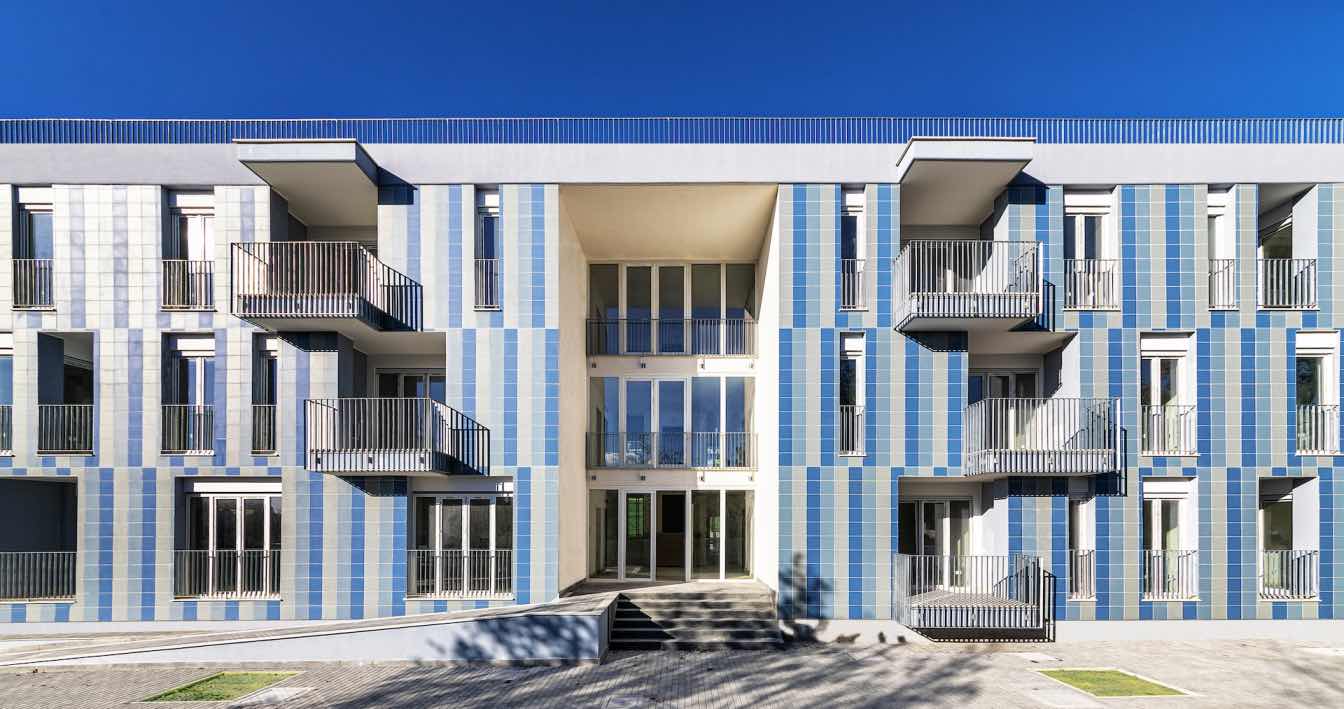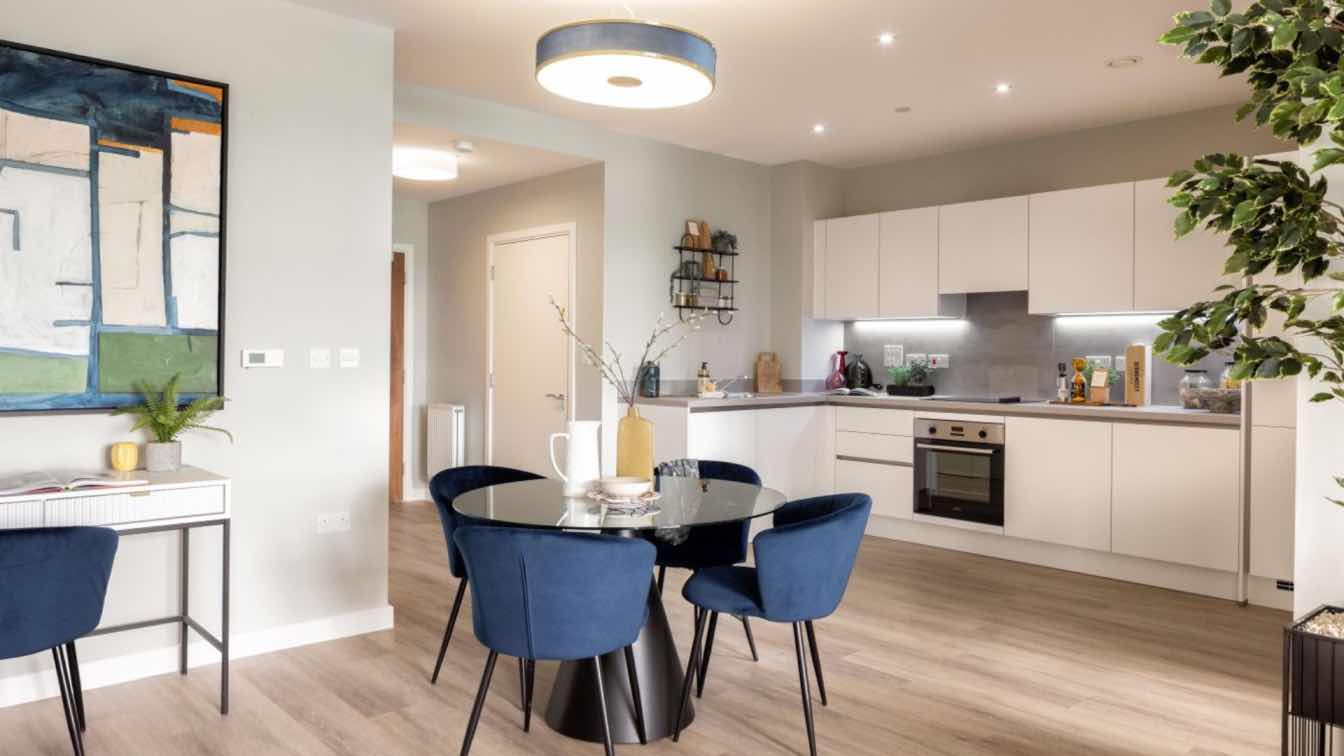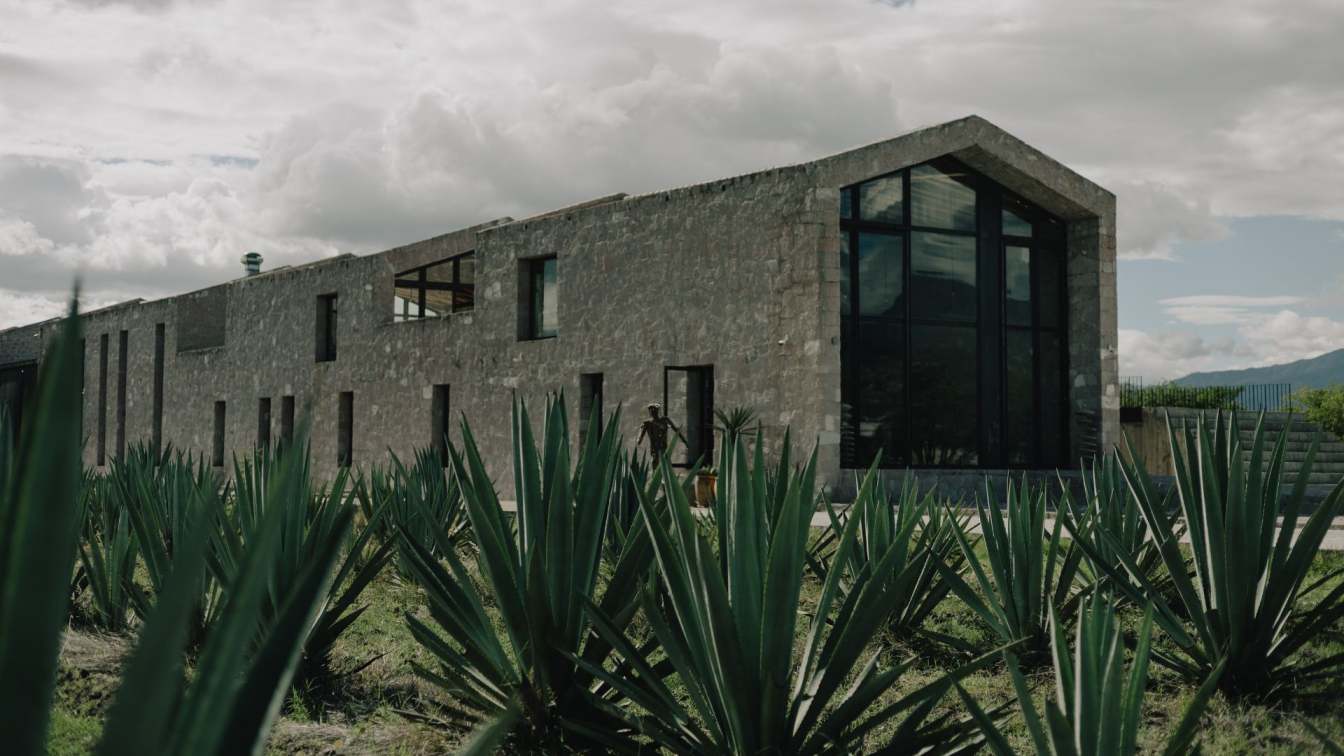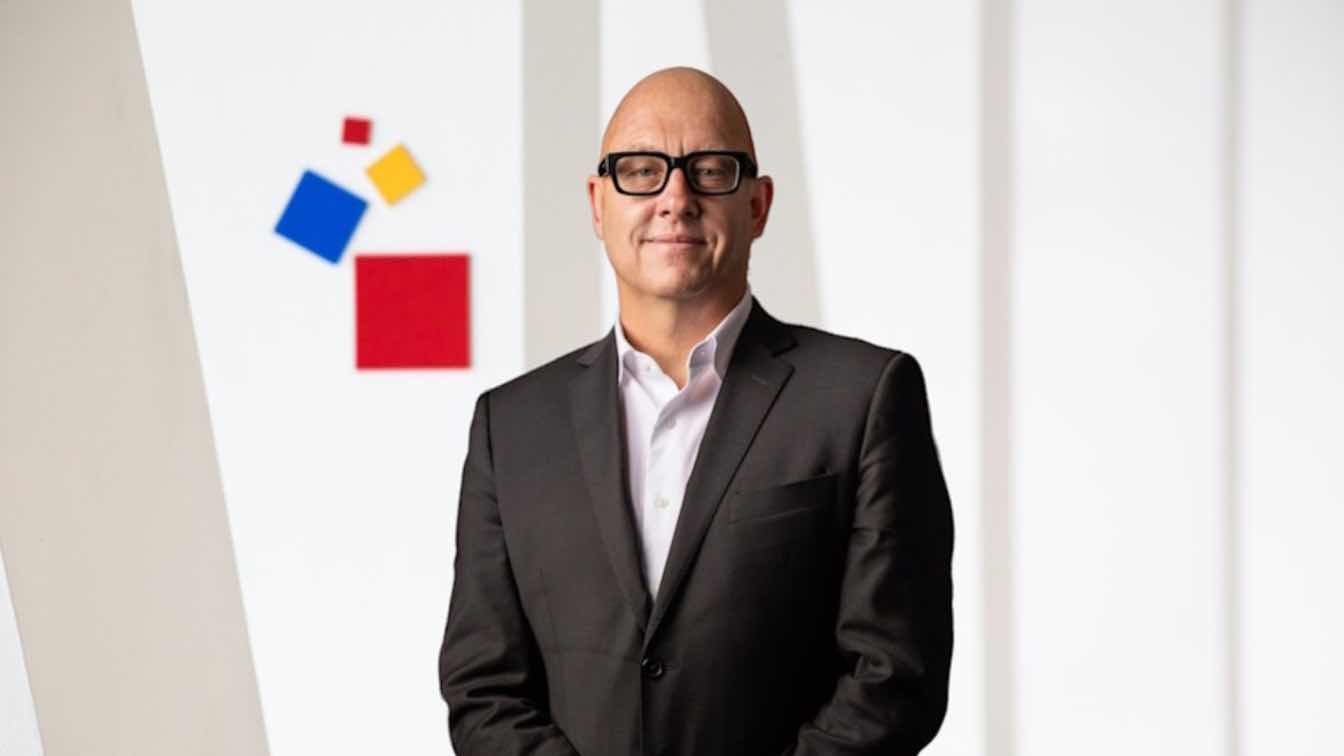The work carried out by the architects Giancarlo Scognamiglio and Elvira Romano, in an outlying area of the municipality of Portici (Naples), covers an area of around 49,000 square metres, and involved a series of actions for the architectural and functional redevelopment of the area. For the façade cladding, the porcelain stoneware tiles in the Unicolore collection were used, in the colours Blu Forte, Blu and Grigio Perla, in the 30x30 cm size and with a natural finish. The tiles were laid in a staggered, vertical pattern, mixing the different shades.
From an urban planning perspective, the entire area appeared as a mass of constructions in which standards regarding the ratio of residential to public buildings had been completely ignored. The original core of the quarter is a group of six buildings comprising 156 homes, and a further two buildings containing 48 homes. The existing residential buildings run from east to west, forming modular blocks surrounded by a system of perpendicular roads sharing the same characteristics in terms of section, layout and the façades looking onto them.
The aim of the design project was to improve the liveability of the common and private areas between the existing buildings, enhance the green spaces and enrich the areas for socialisation and small-scale production, such as the urban vegetable gardens of the apartment blocks. An open square links the street with the group of buildings, while the urban park is a boost for health that makes up for the complete absence of green spaces in the entire area.
The work involved the construction of two public housing buildings, comprising 22 homes on three floors. On the first floor is a larger home, two standard-size homes and a communal area, while the upper floors feature four standard-size apartments per level. Since it was necessary for the buildings to match the existing constructions, the rectangular layout was kept identical. The main façades were arranged along the line of the surrounding buildings, and are all similar, with only the central pattern differing from one to the next. The entrance on the main façade is set in from the front, and the façade is glazed on all three floors. At the side of the entrance, the elevation develops with colourful walls interrupted by the apartments’ terraces or Juliet balconies. The opposite elevation emphasises the central position of the interior staircase, with three vertical openings repeated on the three floors.
The materials chosen for the renovation were all selected with a view to improving the well-being of the apartments’ occupants. These cutting-edge materials place the buildings in a high class. To improve thermal and acoustic insulation, panels were installed in a material able to significantly reduce the dispersion of heat towards the exterior during winter and the overheating of the interiors during the summer months.
Façade cladding applications using Casalgrande Padana ceramic tiles Innovative cladding systems that allow for the installation of ceramic materials with highly functional technical features, as well as enhancing the hygrothermal performance of the walls. Casalgrande Padana is able to provide solutions for ventilated walls, façade cladding with glued ceramic tiles and insulation systems with thin tiles. Casalgrande Padana’s wide range of large porcelain stoneware tiles allows designers to unleash their architectural creativity for the development of large vertical, sloping or curved surfaces.
The use of Casalgrande Padana porcelain stoneware tiles on the exterior of the building offers protection from inclement weather and pollution, with significant advantages in terms of thermal and acoustic insulation. It also protects the masonry structure, saves energy, eliminates thermal bridges and surface condensation, as well as enhancing the appearance of the façade and maintaining its aesthetic and technical characteristics.
Thanks to the Bios Self-Cleaning® technology, the ceramic tiles used for façade cladding and ventilated building envelopes have excellent self-cleaning properties and are able to reduce NOx gases (nitrogen oxides and mixtures, among the main air pollutants in urban areas). Specifically, Bios Self-Cleaning® is able to combine the renowned aesthetic characteristics and technical performance of porcelain stoneware tiles with the ability to reduce cleaning and maintenance, guaranteeing significant savings while maintaining the quality and appearance of buildings.
Bios Self-Cleaning® is able to guarantee excellent performance, especially for façade cladding, with excellent photo-catalytic properties that when triggered by light, can break down the organic substances and pollutants on the tile surface, for a self-cleaning, air-purifying effect. It also has superhydrophilic properties that boost its self-cleaning capacity, and antibacterial characteristics triggered by the effect of the UV rays in sunlight. The reaction triggered by the light on the tile surface treated is able to produce active oxygen and break down bacteria.
The Bios Self-Cleaning® treatment’s ability to eliminate nitrogen oxides makes a significant contribution to improving air quality in urban areas: a 150 m2 façade with the Bios Self-Cleaning® treatment purifies the air as much as a wooded area the size of a football pitch and eliminates the nitrogen oxides emitted by 11 cars in one full day.





